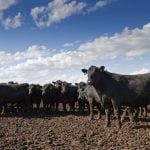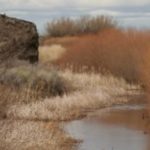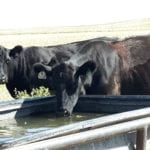Crops across the province are advancing nicely, according to Saskatchewan Agriculture’s weekly Crop Report. Eighty-one per cent of the fall cereals, 77 per cent of the spring cereals, 75 per cent of the oilseeds and 79 per cent of the pulse crops are at their normal stages of development for this time of year. The […] Read more







